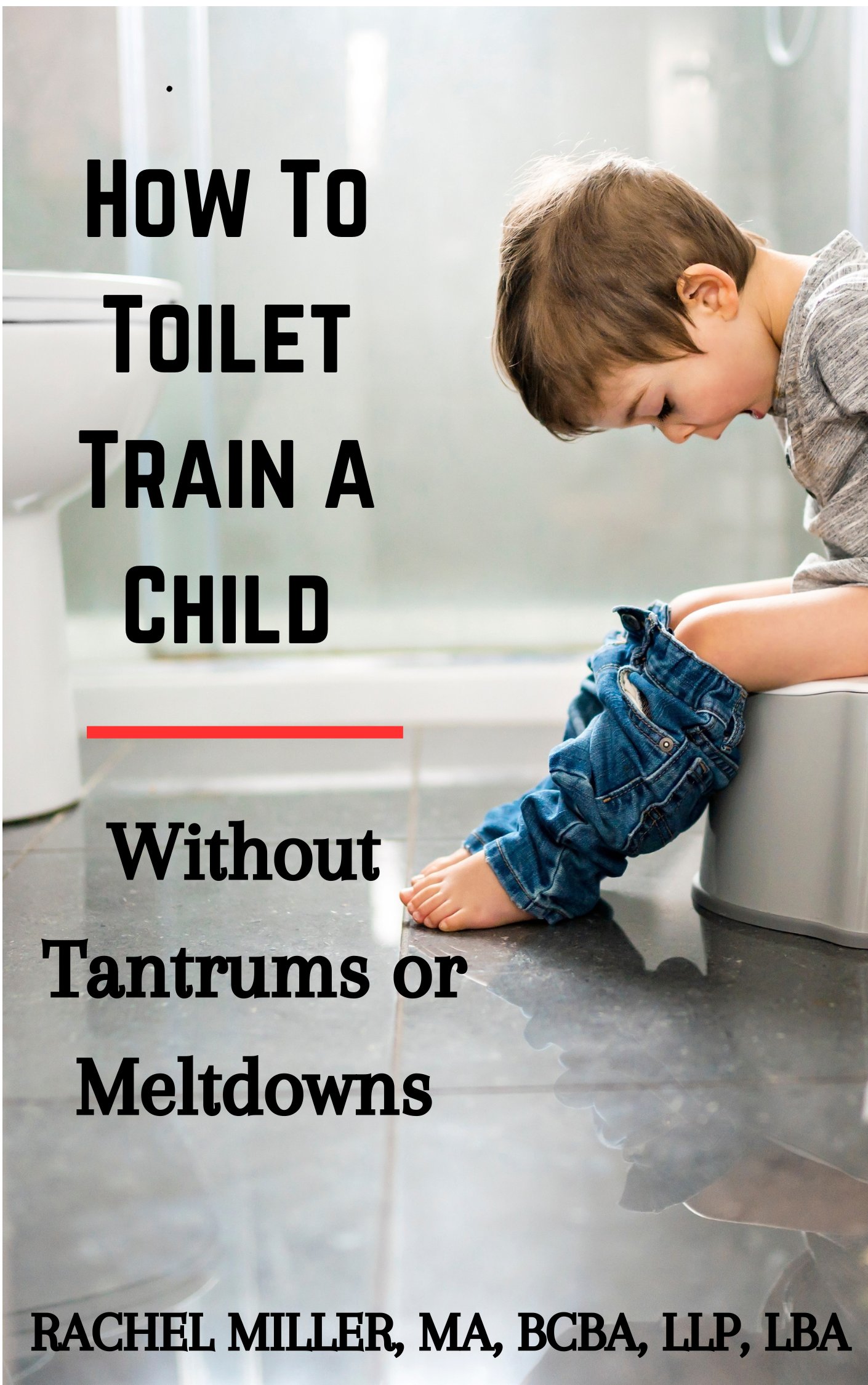Autism Therapies

The best autism therapies for children will be fun and incorporate techniques used in applied behavior analysis. These can be used in conjunction with other autism treatments as part of a child’s daily schedule. However, it is best if each therapy overlaps the others to maximize benefits. For example, when doing occupational therapy for children, the therapist should also be working on play skills and speech to some extent.
The most effective treatment to date based on scientific evidence is applied behavior analysis – ABA Autism Therapies, which I have written about separately. The following provides information about other therapies often used for children on the spectrum.
Music Therapies
Children with autism are usually very interested in music, which is what makes this one of the more favorable autism therapies. Music therapies can be used to enhance memory, improve communication, decrease stress, promote wellness, and physical rehabilitation(1). This treatment for autism may include listening to music while prompting the child to engage in various hand movements or simply using soothing music to promote relaxation when a child is upset.
Music therapists will assess emotional well-being, physical health, social functioning, communication skills, and cognitive skills through musical responses; design sessions for individuals and groups based on client needs using song writing, improvisation, lyric discussion, receptive music listening, music and imagery, music performance, and learning through songs; participate in interdisciplinary treatment planning, ongoing evaluation, and follow up.
Speech Therapy
One of the most common autism therapies is speech therapy conducted by a certified speech therapist. Depending on the child’s level of needs it may include working on articulation, conversation skills, receptive language (following directions), developing better muscle strength in the mouth, and/or engaging in imaginative play with a focus on verbal behavior. This is an extremely important treatment for autism due to limited communication skills being one of the main symptoms of autism.
Picture Exchange Communication Systems are often used in speech therapy for children that do not have any vocal imitation skills. It involves using small laminated pictures to communicate wants and needs. This may also be simulated with a communication device.
Occupational Therapy for Children
Occupational therapy is a common autism treatment that focuses on fine motor skills such as writing, using eating utensils, or tying shoes. It may also include gross motor skills such as jumping, climbing, or kicking a ball.
The therapist concentrates on the specific needs of the child, develops occupational therapy goals and then provides treatments. One area, referred to as sensory integration therapy, may also be used as a treatment for autism if sensory processing is an issue.
Autism Therapies Using Play
Play therapy is a similar autism treatment to DIR Floortime because of it’s primary focus on playing with the child. During this treatment the child is encouraged to choose an activity he or she desires from provided materials while the therapist attempts to bring out any feelings or emotions the child is having.
The theory behind this treatment for autism is that by bringing out these feelings during play, the professional will be able to help them develop coping skills. This autism therapy is normally done by psychologists and counselors.
Discrete Video Modeling
Discrete Video Modeling or DVM is a method of showing short video clips to children that model desired behaviors or teaches a specific concept such as the labels of things in the environment. There has been recent developments about using this method with extremely promising results. Through the use of repetition, visual and auditory pairing, more information can be presented than thought possible at one time and is still retained.
You may discover more about this method by going to http://gemiini.org
If you haven't already, be sure to check out my ebooks, now on Amazon!
References
1. Frequent asked questions about music therapy. American Music Therapy Association. www.musictherapy.org. 11-23-09

